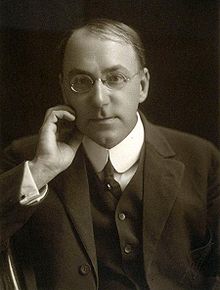
A blurb is a short promotional piece accompanying a piece of creative work. It may be written by the author or publisher or quote praise from others. Blurbs were originally printed on the back or rear dust jacket of a book. With the development of the mass-market paperback, they were placed on both covers by most publishers. Now they are also found on web portals and news websites. A blurb may introduce a newspaper or a book.
